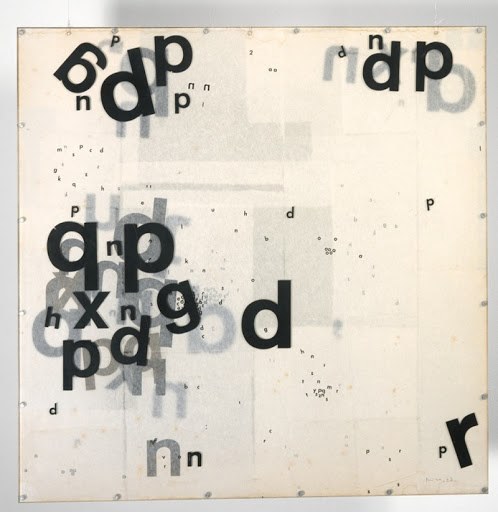#mira schendel
Text


Mira Schendel: Still Waves of Probability (1969)
736 notes
·
View notes
Photo

Mira Schendel, Untitled, (ecoline and gold leaf on paper), 1975 [Galeria Frente, São Paulo. © Estate of Mira Schendel]
518 notes
·
View notes
Text
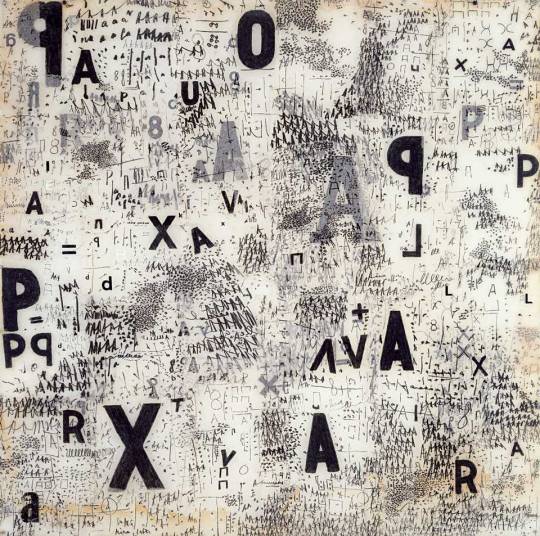

Mira Schendel
36 notes
·
View notes
Photo
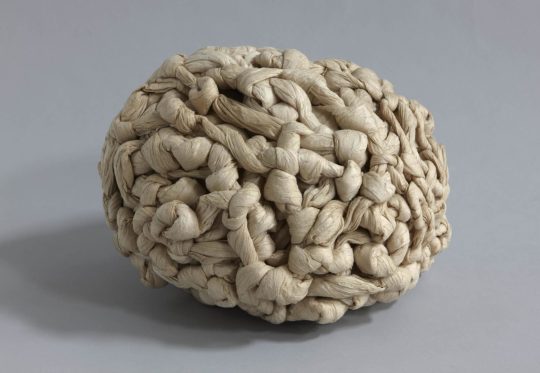
Mira Schendel
Untitled from the series Droguinhas [Little nothings], ca. 1964-1966
Japanese paper
222 notes
·
View notes
Text
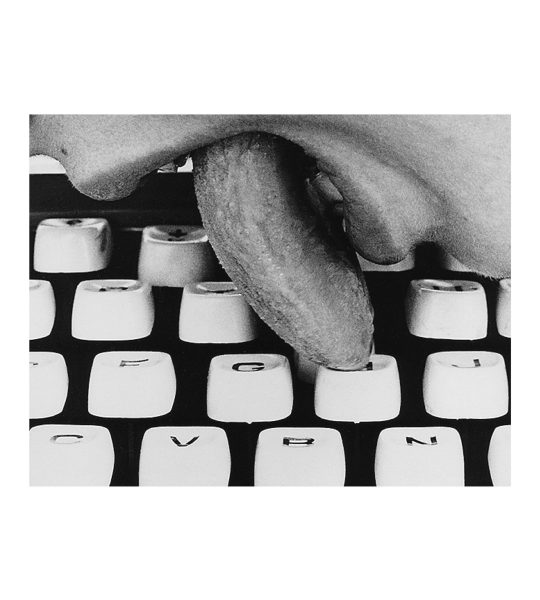
Women in Concrete Poetry: 1959-1979
Artists and writers include Lenora de Barros, Ana Bella Geiger, and Mira Schendel from Brazil; Mirella Bentivoglio, Tomaso Binga, Liliana Landi, Anna Oberto, and Giovanna Sandri from Italy; Amanda Berenguer from Uruguay; Suzanne Bernard and Ilse Garnier from France; Blanca Calparsoro from Spain; Paula Claire and Jennifer Pike from the UK; Betty Danon from Turkey; Mirtha Dermisache from Argentina; Bohumila Grögerová from the Czech Republic; Ana Hatherly and Salette Tavares from Portugal; Madeline Gins, Mary Ellen Solt, Susan Howe, Liliane Lijn, and Rosmarie Waldrop from the US; Irma Blank and Ruth Wolf-Rehfeldt from Germany; Chima Sunada from Japan; and Katalin Ladik and Bogdanka Poznanović from the former Yugoslavia
Edited by Alex Balgiu and Mónica de la Torre
#Lenora de Barros#Ana Bella Geiger#Mira Schendel#Mirella Bentivoglio#Tomaso Binga#Liliana Landi#Anna Oberto#Giovanna Sandri#Amanda Berenguer#Suzanne Bernard#Ilse Garnier#Blanca Calparsoro#Paula Claire#Jennifer Pike#Betty Danon#Mirtha Dermisache#Bohumila Grögerová#Ana Hatherly#Salette Tavares#Madeline Gins#Mary Ellen Solt#Susan Howe#Liliane Lijn#Rosmarie Waldrop#Irma Blank#Ruth Wolf-Rehfeldt#Chima Sunada#Katalin Ladik#Bogdanka Poznanović#library
51 notes
·
View notes
Text

Mira Schendel
Untitled
1963
#mira schendel#brazilian artists#Brazilian art#Brazilian painter#Brazilian painting#women artists#women painters#woman artist#abstract art#abstract artist#abstract painting#abstract painter#abstraction#abstract#aesthetic#beauty#black and white#modern art#art on tumblr#art history#aesthetictumblr#tumblraesthetic#tumblrpic#tumblrpictures#tumblr art#tumblrstyle
13 notes
·
View notes
Text
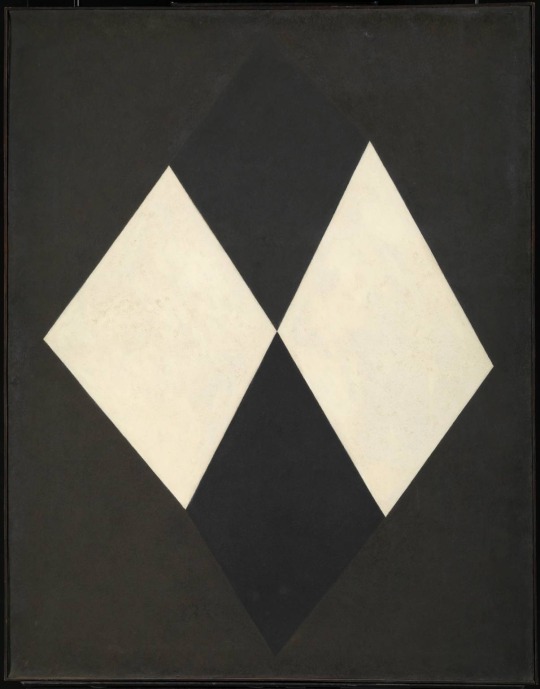
79 notes
·
View notes
Photo
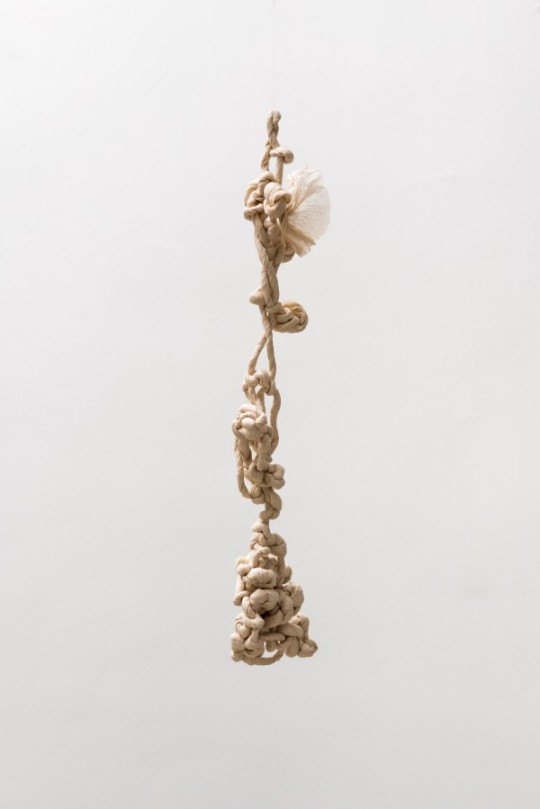
Mira Schendel - Droguinhas [Little Nothings], 1986. x
31 notes
·
View notes
Text
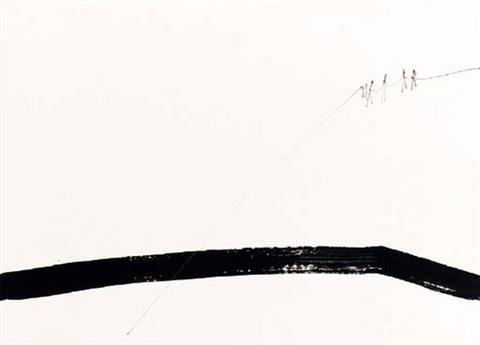
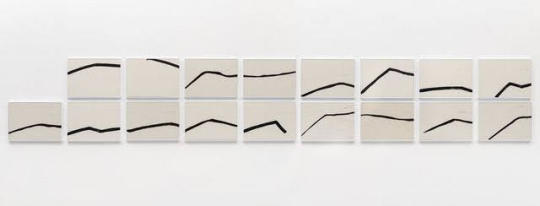
Mira Schendel, Chinese Landscapes (1980)
2 notes
·
View notes
Text
Mira Schendel

Mira Schendel's Still Waves of Probability, 1969, installed at Tate Modern
Born in Zurich but brought up a Catholic in Italy, Schendel (1919-88) was studying philosophy in Milan when she was stripped of her citizenship as a Jew. In 1939 she fled Italy as a refugee without documents and seems to have passed through several countries by stealth before arriving in Sarajevo, where she married a Croat and acquired the papers that got them both to Latin America. It would be an overstatement to describe her art as restless, but there is a definite sense in which that passage through Europe registers in her work.
She may never have completed her studies, but Schendel remained a philosopher to the last. Her art has its sources in phenomenology, in the idea of being and nothingness, in mystical thinking and her deep reading of Wittgenstein. But the impact of these works does not depend upon the viewer sharing either that knowledge or those interests.
A great deluge of nylon threads drops down from the ceiling, splashing on the floor like the waves of an ocean, a girl's soft curls, or the upward spatter of pouring rain. The vision is perfectly simple and completely mesmerising. One cannot see the threads, precisely, and yet somehow the vision appears – the visibility of the invisible.
0 notes
Text
Hello Darkness: Daylight Savings Time

Mark Rothko - Black Blue Painting
::

Pat Stier - Winter Evening
::

Mira Schendel - Untitled
::
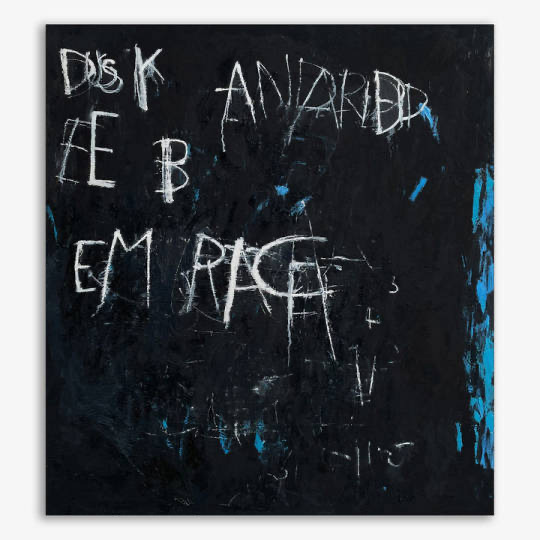
Vahrad Melikjanian
::
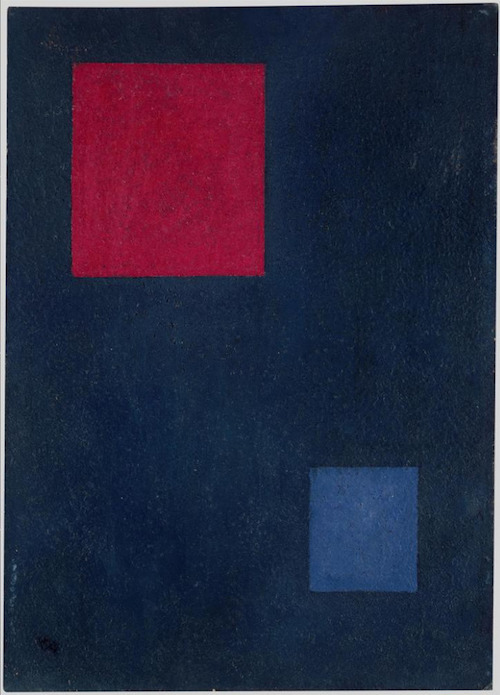
Vasilij Kandinskij - Zwei Quadrate
::

Ad Reinhardt
::

Almir Mavignier
::
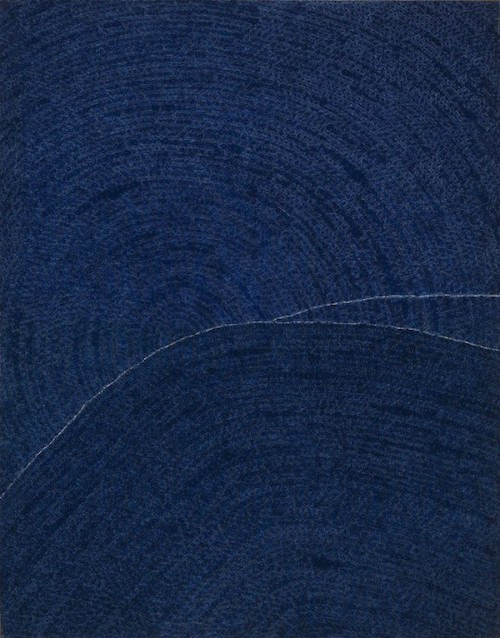
Whanki Kim - Heaven and Earth 24-IX-73 #320
::
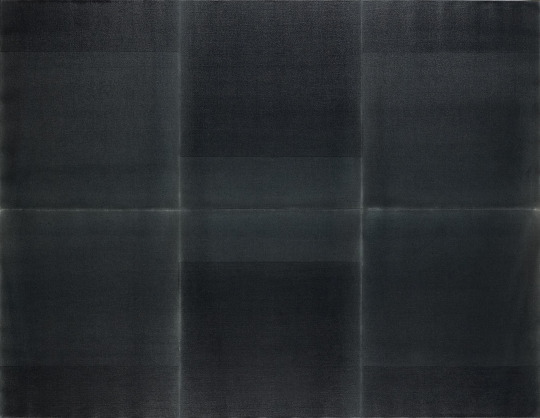
Marc Devade - Sans titre
::

Mark Rothko - Dark Grey Tone on Maroon
::

Marie Rioux - The Blue Hour
::

Eric Stefanski
::
Wednesday: the past in Black & White
6 notes
·
View notes
Photo


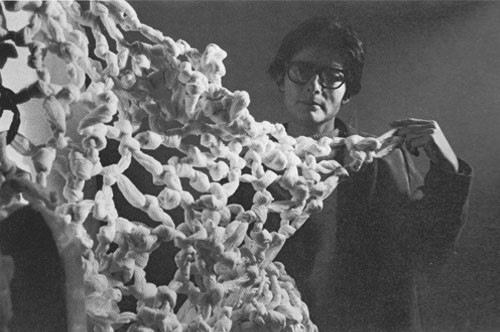

Mira Schendel and Little Nothing, London 1966, Clay Perry.
23 notes
·
View notes
Photo
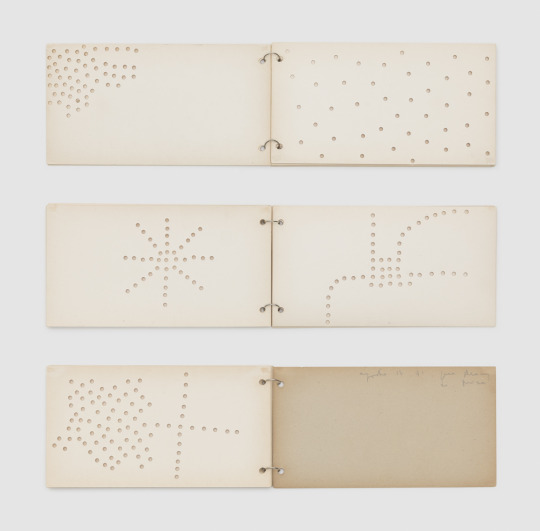
Mira Schendel, Untitled, (perforated paper), 1971 [Galeria Raquel Arnaud, São Paulo. © Estate of Mira Schendel]
637 notes
·
View notes
Text
FURTHER ANTI-FORM RESEARCH:
“ANTI/FORM” EXHIBITION:
Sculptures from the MUMOK Collection:
05.02.-15.05.2011 10:00-18:00 Curated by: Peter Pakesch.
Duration: Feb 5 - May 15, 2011
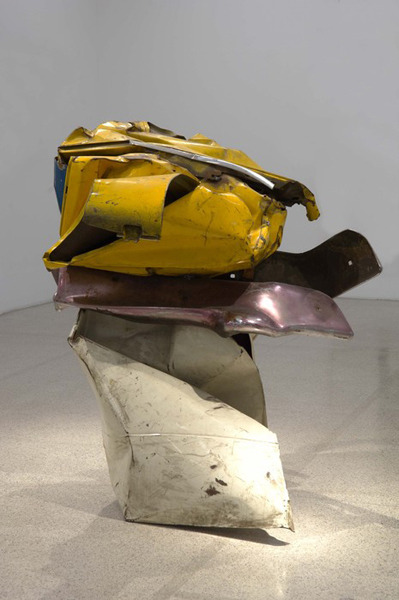
John Chamberlain, "Trixie Dee", 1963
Photo © VBK, Vienna 2011; MUMOK, Museum Moderner Kunst Stiftung Ludwig Wien, formerly Hahn Collection, Cologne exhibition "Anti/Form. Sculptures from the MUMOK Collection" 05.02.-15.05.2011 - Above.
“The term “anti-form” in the 1960s represented the abandonment of the traditional concept of art and sculpture. It was a radical challenge that opened doors to new aesthetic worlds, and was followed in the 1980s and 1990s by a further wave of novel sculptures whose influence is still perceptible today. Our Anti/Form exhibition illustrates by means of significant examples from the large MUMOK collection in Vienna the way the concept of sculpture was developed and redefined. Works of completely different artists from several decades show how a radical gesture became a new paradigm with an idiom of its own. What initially bordered on the outrageous in the context of Robert Morris’s Anti-Form manifesto and Harald Szeemann’s exhibition When Attitudes Become Form is now an important basic foundation for an increasingly globalised art” (Anti/Form).

Robert Morris, "Untitled", 1974
Foto © VBK, Wien 2011; MUMOK, Museum Moderner Kunst Stiftung Ludwig Wien
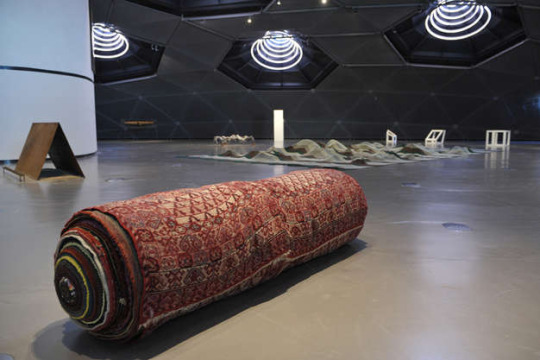
Exhibition view
Photo: Nicolas Lackner, Universalmuseum Joanneum - above.
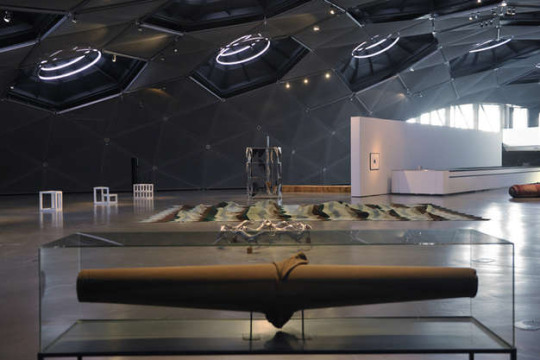
Artists:
Carl Andre
Miroslaw Balka
Pier Paolo Calzolari
John Chamberlain
Jimmie Durham
Mike Kelley
Michael Kienzer
Sol LeWitt
Richard Long
Mario Merz
Robert Morris
Bruce Nauman
Meret Oppenheim
Jessica Stockholder
Franz West
Christopher Williams
Erwin Wurm
Heimo Zobernig
https://www.museum-joanneum.at/en/kunsthaus-graz/exhibitions/exhibitions/events/event/1380/anti-form-2
https://www.oxfordreference.com/view/10.1093/oi/authority.20110803095416829 ->
“A term, originating in the late 1960s, applied to certain types of works that react against traditional forms, materials, and methods of artistic creation—*Arte Povera, Land art, some kinds of Conceptual art, and the early ‘provisional, non-fixed, elastic’ sculptures of Richard Serra, for example. Robert Morris, who wrote an article entitled ‘Anti-Form’ in the April 1968 issue of Artforum, defined the term as an ‘attempt to contradict one's taste’. The nature of the material means that the form itself is no longer exactly fixed or determined. This is also central to the work of certain Kinetic artists such as Lygia Clark and Mira Schendel.”
4 notes
·
View notes


